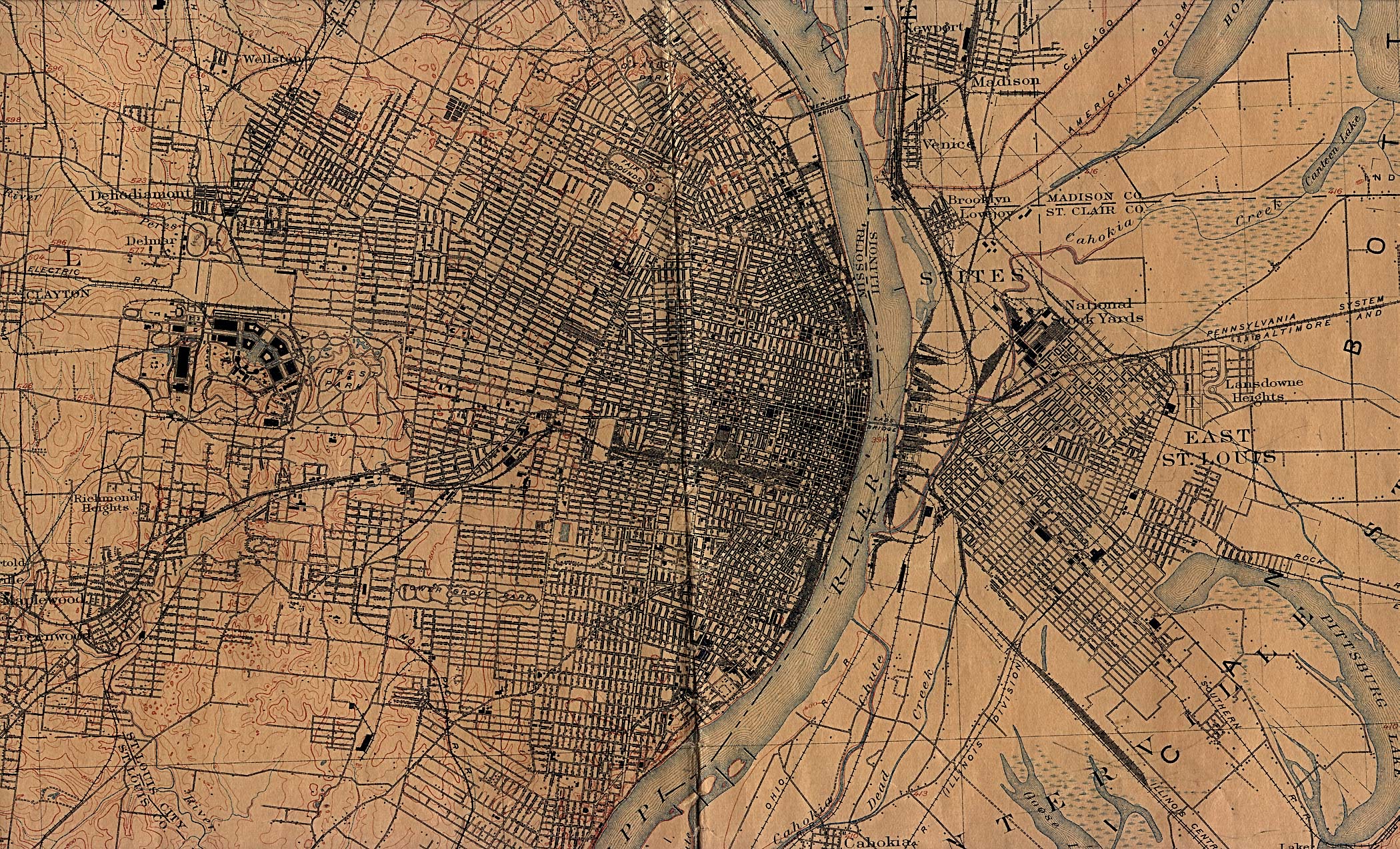Sunday, November 23, 2008
Monday, November 17, 2008
Arch-itects
HO-LY ****

follow the rabbit (it's the Fisk report and oversize plates archives in the documents list... I will also probably have downloaded the HUGE files by the time you read this, and it might be quicker to snatch them off me via thumbstick, if you're interested)
Friday, November 14, 2008
Diatrope
“Music is not a language.
Any musical piece is akin to a boulder with complex forms,
with striations and engraved designs atop and within,
which men can decipher in a thousand different ways
without ever finding the right answer or the best one.
By virtue of this multiple exegesis, music evokes all manners of phantasmagoria,
as would a catalyzing crystal.
Personally, I wanted to deal with the voids that surround us, and within which we live.
The most formidable ones being those linked to our destiny, to life or death,
and visible or invisible universes.
The signs sent out to us by these voids are also composed of light and sound,
engaging our two principal senses.
This is why Diatope seeks to be a place where signals of these worlds can be condensed.
Rational knowledge is combined with intuitive knowledge, i.e. revelation.
It is impossible to dissociate them. These voids are unfathomable, which is to say,
their knowledge is in perpetual and desperate flight
punctuated by hypothetical milestones throughout time.”
— Iannis XENAKIS,
“La Légende d'Er (first version).
Light and sound composition for the Diatope at the Centre Georges-Pompidou”,
in Centre Georges-Pompidou, Le Diatope: geste de lumière et son, Paris,
Centre Georges-Pompidou, undated (ca. 1978), p.8.
Wednesday, November 12, 2008
Making Connections
------------------------------------------------------------------
TMA -> 2001-> Composer, Gyorgy Ligeti (Atmospheres) -> micropolyphony
"The complex polyphony of the individual parts is embodied in a harmonic-musical flow, in which the harmonies do not change suddenly, but merge into one another; one clearly discernible interval combination is gradually blurred, and from this cloudiness it is possible to discern a new interval combination taking shape." Techniques of the Contemporary Composer, David Cope (1997).
micropolyphony -> field condition -> Stan Allen
"The generation of from through 'sequence of events' is somewhat related to the generative rules for flock behavior or algebraic combination"..."formal or spacial matrix capable of unifying diverse elements whiles respecting the identity of each." Field Relations, Stan Allen.
field condition -> game theory/stochastic -> Architect/Composer, Iannis Xenakis (Continuum) -> Unité Polyagogique Informatique du CEMAMu (UPIC) -> Spectro Graph/ Slit scan photography-> Andrew Zago -> Urban Prarie -> St. Louis
Second Tangent
------------------------------------------------------------------
Iannis Xenakis -> Le Corbusier -> Le Modular
"Le Corbusier developed the Modulor between 1943 and 1955 in an era which was already displaying widespread fascination with mathematics as a potential source of universal truths. In the late 1940s Rudolf Wittkower's research into proportional systems in Renaissance architecture began to be widely published and reviewed. In 1951 the Milan Triennale organized the first international meeting on Divine Proportions and appointed Le Corbusier to chair the group. On a more prosaic level, the metric system in Europe was creating a range of communication problems between architects, engineers and craftspeople. At the same time, governments around the industrialized world had identified the lack of dimensional standardization as a serious impediment to efficiency in the building industry. In this environment, where an almost Platonic veneration of systems of mathematical proportion combined with the practical need for systems of coordinated dimensioning, the Modulor was born." Golden Ratio in Art & Architecture, Nikhat Parveen, UGA.
Golden Section -> Humanism -> Classical Architecture
Tuesday, November 11, 2008
depressing/depressed/distressed/decaying/decrepid/de-anything

the reallity of East St. Louis
http://archinect.com/features/article.php?id=50579_0_23_0_C
the link above leads to a 'nice' article that kind of puts things in perspective
"Without comparison, I feel, East St. Louis is the most depressing ghetto in USA today."

Monday, November 3, 2008
Sunday, November 2, 2008
the history of our site
mms://streaming.ketc.org/KETC/241gatewaygeyser.wmv

